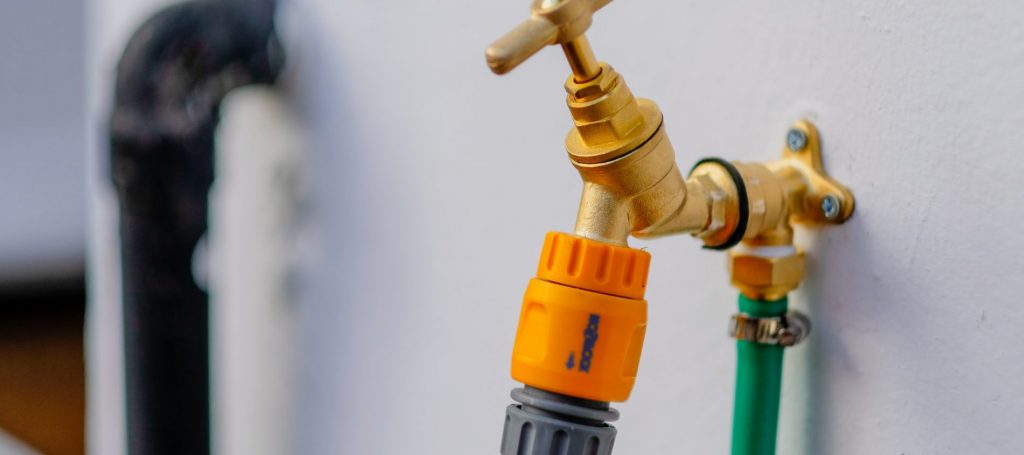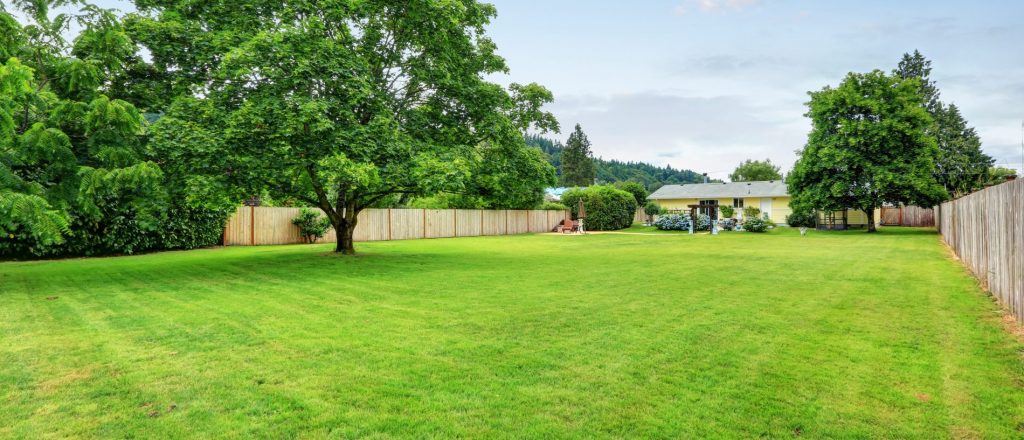
To get the most out of your lawn, some maintenance is required. Keep your lawn green and healthy all year round with these simple tips.
WATERING – How often should grass be watered?
After the initial establishment period, it is recommended to give your lawn one good soaking per week in summer and one good soaking every 2-3 weeks in winter. If you are unable to water your lawn, most couch lawns will not die, but will likely lay dormant until the next heavy rain.

MOWING – How often should you mow your lawns?
Your lawn should be mowed at least once a week in summer and once every 2 weeks in winter using a quality lawn mower. The reason for mowing is to keep your lawn looking smooth and healthy and it helps to control weeds. Different lawn types have different mowing requirements, but generally, you should avoid long periods between mowing. Only remove one third of the leaf per mow. If your lawn is overgrown, gradually reduce it to the correct height over a few mows. Be careful not to mow too short as this will invite weeds to grow and put your lawn under stress. General mowing guidelines for three common types of lawns are:
- Green couch (15-30mm)
- Buffalo grass (30-50mm)
- Kikuya (30-50mm)
FERTILISING – When should I apply fertiliser to my lawn?
Fertilising your lawn regularly will help keep your lawn in great condition and help fight off weeds all year round. Fertilise your lawn 3-4 times per year with a complete lawn fertiliser. There are many different types of fertilisers available including chemical, organic, and liquid. These can be bought at all reputable garden centres and landscape supply centres.
WEEDS – How do you stop weeds from growing in your grass?
Regular mowing and fertilising is usually sufficient to keep weeds at bay. Many small weeds can be pulled out by hand, but to get the roots out, you may need a weeding trowel or other mechanical device. Longer lawns are better equipped to out compete weeds, so aim to keep your lawn the recommended height all year round. If weeds do become a problem, spray with recommended herbicides.
LAWN GRUB – How do you get rid of lawn grub?
There are many insect pests that can attack your lawn and lawn grubs in particular can affect all types of turf and can be especially damaging in a new lawn. If you suspect you have lawn grub, chemical treatment with a recognised lawn grub killer should rid your lawn of this problem. For surface dwelling pests, apply the chemical treatment in the late afternoon and combine with a light watering in. For root eating pests, the chemical treatment will need to be watered through the lawn and thatch layer to ensure contact with them. This will require a higher concentration of chemical and a heavy application of water to reach the target area.

AERATING – What is the best way to aerate my lawn?
Soil compaction in lawns is a common problem and is generally caused by heavy foot traffic, sport and vehicles. To test for soil compaction, push a garden fork or screwdriver into the lawn and soil. If it slides in easily, then your lawn and soil is good. If it doesn’t slide down to about halfway, then your soil is too compact. To fix compacted soil, you can use a several techniques depending on your lawn area. For small areas, you can use a garden fork. Start by pushing it into the soil and wiggle it back and forth slightly. Repeat this about every 50-100mm apart. A spiked lawn roller can be hired for light work, however this will not ‘core’ your lawn. For ultimate results, hire a petrol driven lawn aerator machine from your local hire store. This will allow instant access to air and water into the soil. These machines take out plugs from the soil which can be easily raked up and disposed of. Once your lawn is cored, you should top dress your lawn with washed river sand which will fill the holes and enable air and water to still penetrate.
DETHATCHING & SCARIFYING – How do I know if my lawn needs scarifying or dethatching?
Over time, your lawn can build up with thatch which can make your lawn thick and spongy. If not addressed, over years your lawn can gradually rise in height and the roots may end up growing in the thatch layer, not the soil, causing an unhealthy lawn. Thatch can cause mowing problems as it may be difficult to push through the lawn and thatch can also hinder oxygen, water and other nutrients from entering the soil. Regular mowing with a mower and catcher will help prevent thatch build up, but if this is not enough to remove the thatch, you can try other methods. For small lawns with minimal thatch, scraping your lawn with a metal rake may be sufficient. For larger areas and thicker thatch, it’s best to use a dethatcher, also known as a lawn scarifier. Using a specialised scarifying machine will remove not just the thatch, but also most of your lawn, leaving just the roots and stolons. As long as the timing is right, your lawn will recover quickly. For warm season grasses like buffalo, scarifying and dethatching should only be done during growing season where there are no chances of frost. Mid to late spring is the ideal time.
